The style is very clearly 17th century, but the patterns used for the etching decorations on the blade must date this weapon to the 19th century, although the quality of manufacture is that of a real weapon and not a simple decorative object.
BLADE: After a ricasso, there are two holes called "point breakers" (rompe puntas). Then the blade takes on a triangular section, with a single edge, up to two thirds of its length, and finally at the last third, a counter-edge joins the point.
The back of the blade is richly worked with crenellated cutouts.
On each side there is an etching decoration = at the ricasso level an angel or a faun playing the flute, then on the middle part of the blade the crowned coat of arms with a castle and a lion (for "Castilla y Leon") which is the simplified version of the coat of arms of Spain. and finally plant motifs.
Length of the blade = 35.5 cm, width at the ricasso 4 cm, thickness at the ricasso 5.7 mm
GUARD: It is made up on the one hand of a central part or "cross" richly engraved and finished with 2 twisted quillons, and on the other hand by the sail itself, decorated with etching, whose edges are raised to form a "break-points" border. This particularity of a detached edge in point breakers is unusual on 19th century weapons, since it is only justified in the case of use of the weapon in combat, to block the point of an enemy rapier.
POMMEL: It is in the shape of a flattened bulb, according to the fashion of the 17th century, and topped with a button on which the tang of the blade is riveted.
GRIP : In wood covered with filigree. Ferrules in twisted wire of white metal, perhaps silver.
SCABBARD it is in sewn leather, The entrance of the scabbard and the rivet are in iron decorated with etching.
In conclusion, it is a beautiful dagger, made with care, most probably in Toledo, in the great tradition of luxury weapons.
Ref C-2450
Shipping costs: France 30€, Europe 40 €







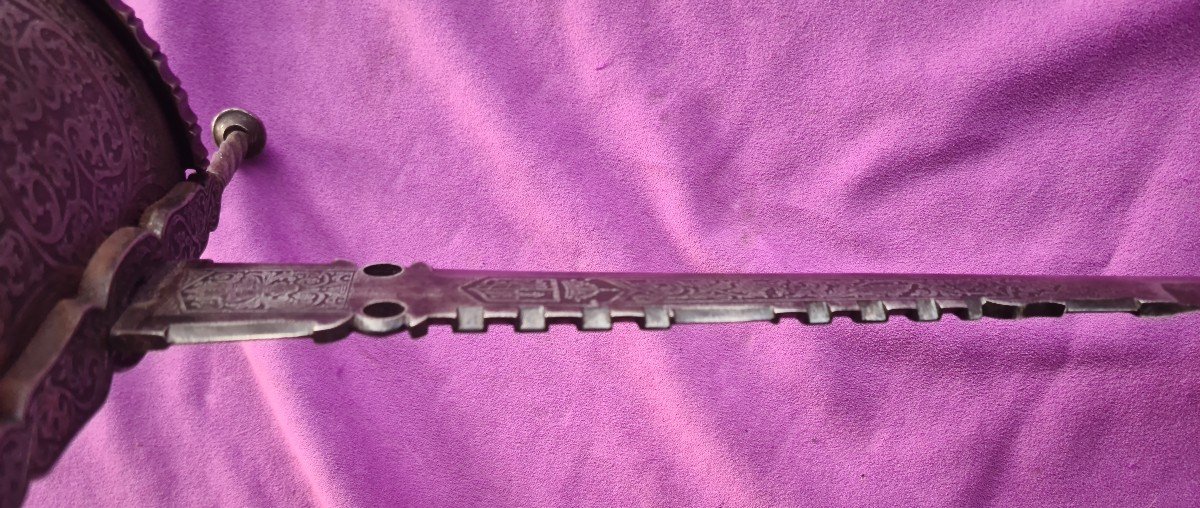




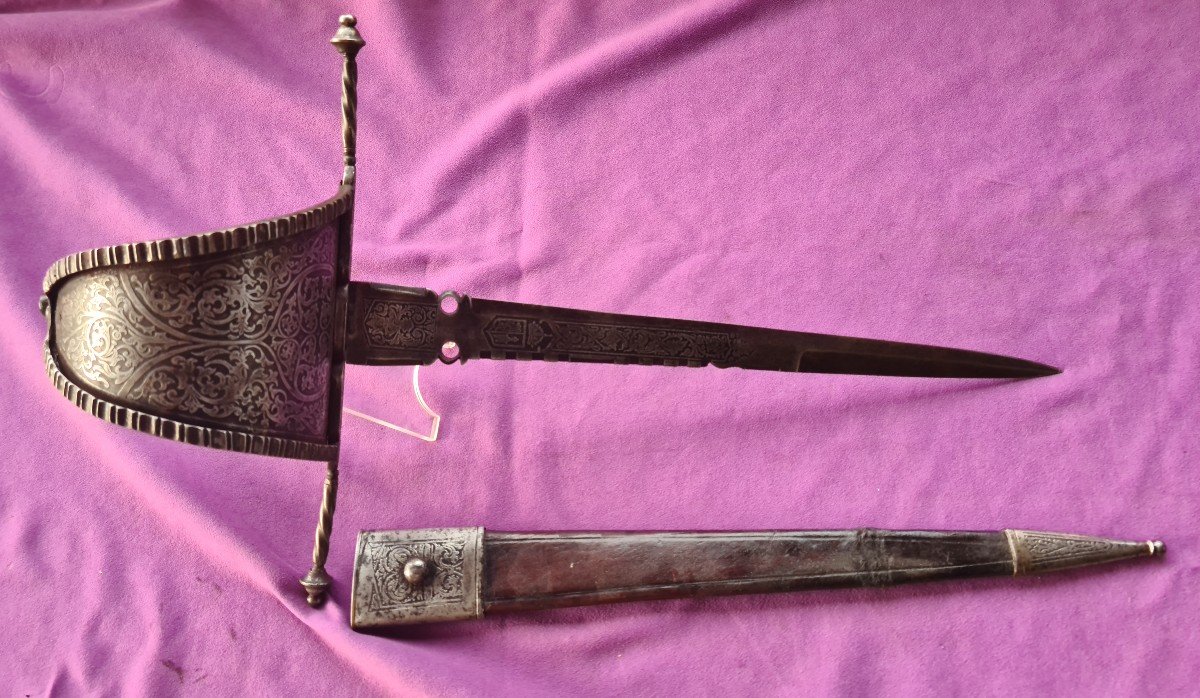
















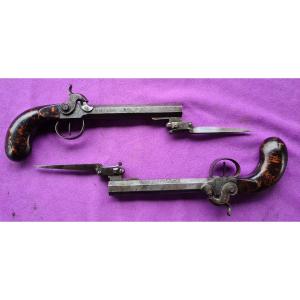


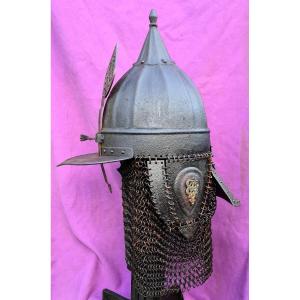
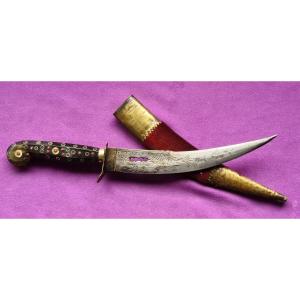
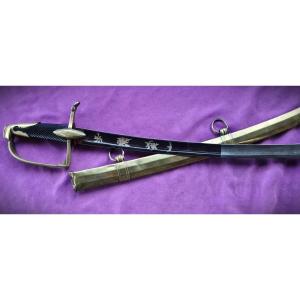




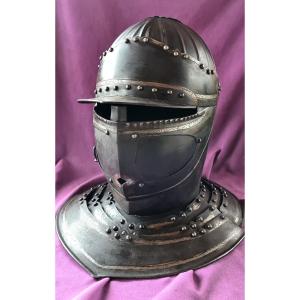


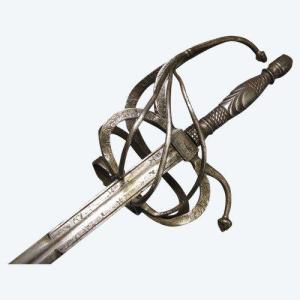







 Le Magazine de PROANTIC
Le Magazine de PROANTIC TRÉSORS Magazine
TRÉSORS Magazine Rivista Artiquariato
Rivista Artiquariato